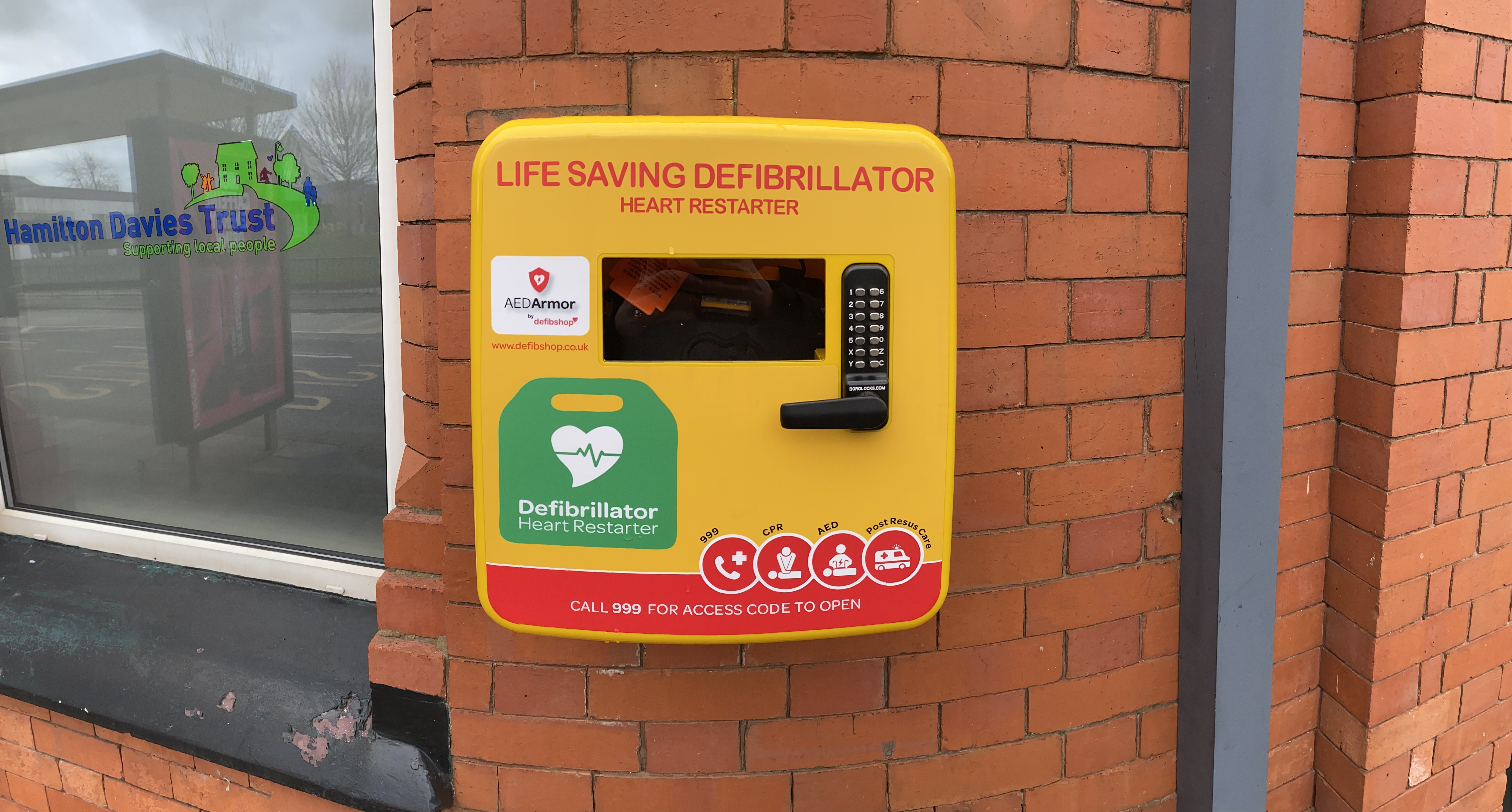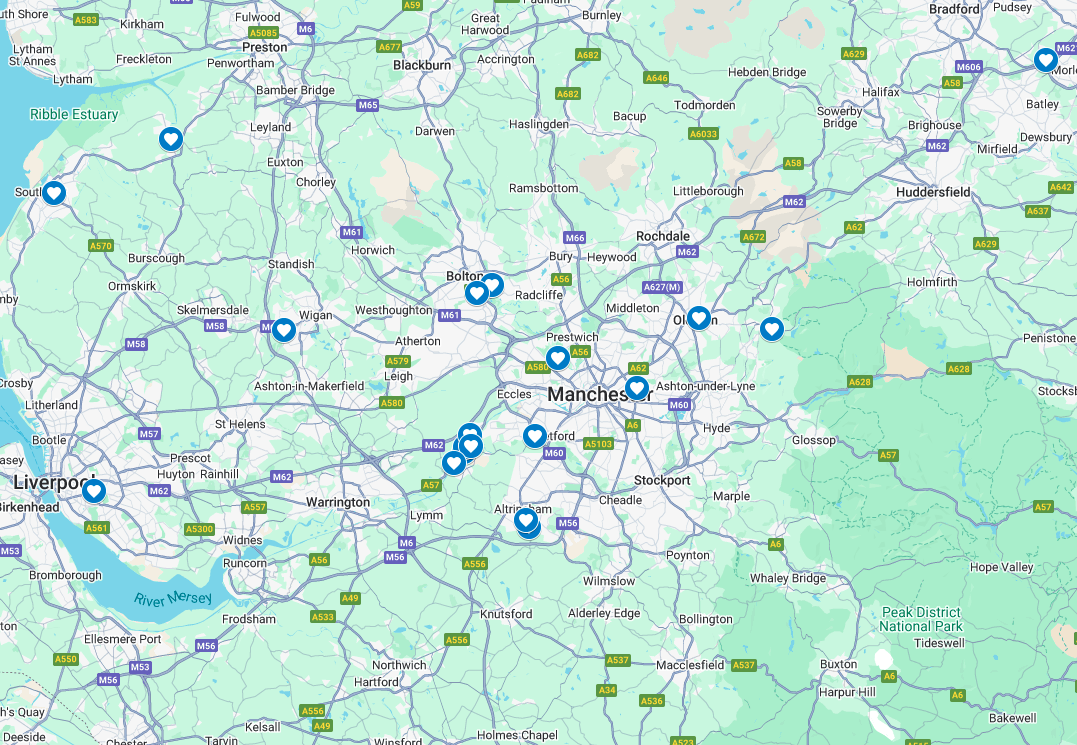Changes to make AEDs more Accessible

Recently, changes in the UK have been announced to make defibrillators more accessible to the public. This has been done in a variety of ways and by different organisations.
In the hopes that the country becomes safer with more accessible defibrillators, we explore the different legislation and initiatives that have been proposed which in the long-term, could save hundreds of lives.
First Aid in Schools
First aid in schools could really become a reality! A newly drafted piece of legislation could lead to children in primary schools across the country being taught first aid! Needless to say, everyone here at defibshop HQ was thrilled with the news!
The drafted legislation outlines how primary school children will be taught basic first aid knowledge, such as dealing with head injuries and requesting the emergency services. Whereas secondary students will benefit from life-saving skills such as cardiopulmonary resuscitation (CPR) and how to use an automated external defibrillator (AED).
The British Heart Foundation stated that the move would improve the “shockingly low survival rates from cardiac arrests.”
Secretary of Education, Damian Hinds said he wanted to give young people “the tools they need to be ready to thrive when they leave school.” The plan to implement the first aid training in schools is part of new guidelines on relationships and health education in schools.
Defibrillator Map
The British Heart Foundation has claimed that thousands of lives could be saved thanks to a new project that aims to map all of the UK's public defibrillators.
In conjunction with the NHS and Microsoft, all companies aim to ensure the emergency service call handlers are fully aware of the whereabouts of the life-saving equipment when called during an emergency and can direct the caller to the location of the device.
Current information about the availability of the devices is patchy and not all are known to ambulance services. Therefore, when the public calls 999 during a cardiac emergency might not be directed to a defibrillator.
ITV stated that previous research found just 3% of patients who suffer cardiac arrests are treated with public access defibrillators. If more were registered and a map was readily available, more people would receive the definitive treatment sooner after the event occurred, meaning a higher chance of survival.
Black Cabs Equipped with AEDs
Taxi drivers in the UK's capital, London have had their cabs fitted with defibrillators to help them save Londoners who suffers a sudden cardiac arrest during their ride.
This trial has been set up by the London Ambulance Service and gives the cab drivers basic life-saving training and instructions on how to use the defibrillator, should the occasion call for it.
Drivers are also alerted to nearby emergencies by the GoodSAM App, enabling them to provide immediate help if they arrive at the location of the SCA, prior to the ambulance service. Drivers are trained in how to perform CPR chest compressions and how to correctly attach the defibrillator to the patient, meaning they can act with confidence during an emergency.
According to the Evening Standard, fewer than 100 save attempts a year are made in London, despite the provision of about 5,000 defibrillators in public locations. With cabs being a popular form of transport in London, alongside the Underground, this initiative will provide people with a significantly higher chance of survival.
Shocking Statistics
Based on European data, it is estimated that there are approximately 60,000 out of hospital cardiac arrests every year, in the UK alone. In England, the Ambulance Service attempts resuscitation in around 30,000 OHCA cases, annually.
Sadly, while at school, 270 children suffer a fatal cardiac arrest every year and if someone were to suffer a SCA in a public area, only 22% of people in the UK would be confident in performing CPR on a stranger.
The newly drafted legislation will help to tackle these statistics, but it could help to create a generation of lifesavers that are not as reliant on the emergency services, as we are now. In urban areas, the emergency services average response time to a cardiac-related incident is 11 minutes. For every minute that the casualty does not receive the definitive treatment, their survival chance decreases by 10%.
However, if treatment is delivered within 3-5 minutes of the patient collapsing, their survival chance increases from 6% to 74%. If more people were taught how to react with confidence in the treatment required, more people would survive.
Do You Agree?
All of these changes are aiming to create a more heartsafe Britain and ensure that people are provided with the highest chance of survival, should they suffer a sudden cardiac arrest.
Do you agree with the changes taking place here in the UK? Share your thoughts below in the comments section, or alternatively, head on over to our Twitter page, @defibshop and be sure to share your thoughts there.
defibshop are committed to equipping everyone with the skills and knowledge to save a life. Speak to one of our Product Specialists on 0161 776 7422 or fill out our Contact Form.












